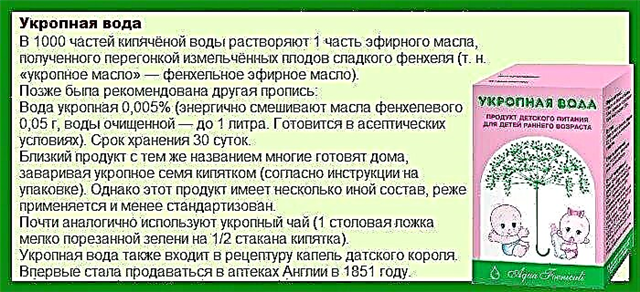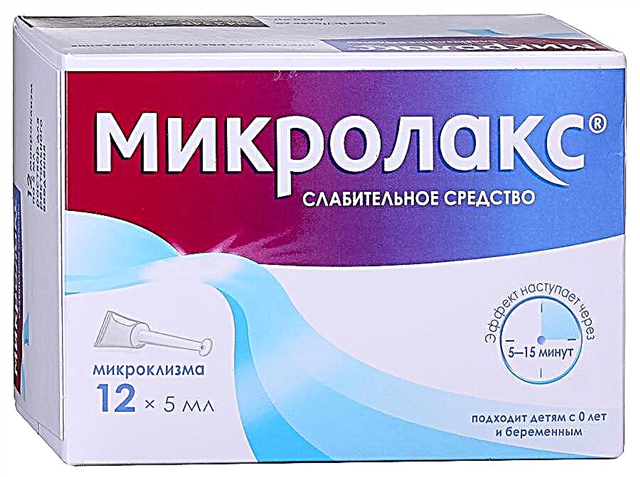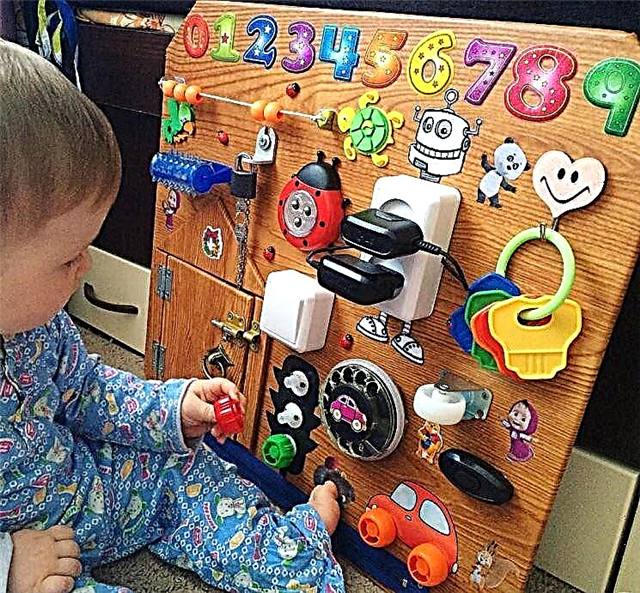
Otitis media in a child is a common phenomenon. You can relieve your child's torment with a warming compress. All mothers know about this, but not every mother knows how to properly make this compress, put it on a child, and when it cannot be done. We will talk about this in detail in this article.

Why do you need a compress
Age features of the structure of hearing organs in children - a wide and not long enough auditory tube, which is located horizontally. It can get various fluids, nasal mucus with a runny nose, resulting in inflammation. As the child grows up, the auditory tube also enlarges, it becomes more vertical, and the otitis media recede.

However, at the age of 1 to 12 years, otitis media can occur several times a year.
Ear inflammation can be external, middle and internal. Most often, it is otitis media that is diagnosed in children. For any otitis media, a doctor's consultation is required, because we are talking about preserving the auditory function and preventing inflammation of nearby organs, primarily the brain. However, a sharp sharp pain in the ear tends to appear most often at night, when clinics are not working.
A warming compress is not a way to treat otitis media, but the ability to alleviate the child's condition before providing medical assistance. In the home medicine cabinet of most parents, there are, of course, ear drops in case of otitis media, but to bury them without being sure of the integrity of the eardrum is a huge risk. It is impossible to check whether the membrane is intact at home without special devices. Therefore, the issue of using drops before a medical examination for sane parents is removed from the agenda.


It is not difficult to apply a compress on a child's ear; it does not require extensive and deep medical knowledge if the algorithm of actions is known.
The pleasant warmth helps to reduce pain and relieve some puffiness.


When you can't put a compress
It is strictly forbidden to put a warm compress on a child in the event that if he has purulent or bloody discharge from the ear... Their appearance indicates a perforation of the tympanic membrane, a bacterial complication of otitis media. Heat in this case will only increase the activity of pyogenic bacteria, the infection risks acquiring life-threatening proportions.


You can not do a warming compress with otitis externa, which is most often manifested by the formation of painful boils on the auricle. If there are injuries, wounds, abrasions on the ear or next to it, if the child's ears have recently been pierced, and the wounds have not yet healed, it is impossible to put a warm compress.

If the pain in the ear came not alone, but with a high temperature, this is also a contraindication for the procedure. Thus, it is possible to put a compress only with acute otitis media, in which there is no discharge from the ear, temperature, visible abscesses and boils.

What do you need?
The list of necessities is best prepared in advance and kept in your home medicine cabinet in case of sudden nocturnal otitis media. Then the child will not have to suffer for a long time while the mother is frantically looking around the house for something suitable for making a compress. So, you will need:
- Gauze napkins (ready-made pharmacy or home-made) measuring 10X10 cm. One compress requires 7-8 such single-layer napkins or the same number of gauze layers.
- Compressed waxed paper. It should be noted right away that you should not replace it with cellophane or baking paper. Such paper perfectly retains heat due to paraffin impregnation. It costs mere pennies (no more than 20 rubles), sold in any pharmacy. The paper should be larger than the gauze to cover it completely. It is best to measure 12X12 cm.


- Cotton wool. You should not take a layer that is too thick, since more does not mean more useful. The area of the cotton layer should exceed the area of the gauze and the area of the paper. It is optimal to make a cotton layer 14X14 cm thick no more than 2 centimeters.
- Sunflower oil. Heated, warm, but not hot. The optimum temperature is 37-38 degrees Celsius. In small quantities.
- Diluted rubbing alcohol. The pure product is diluted approximately in half with water to obtain a liquid with a strength of 30-40%. If there is no alcohol, you can take 40-degree vodka and don't dilute anything with anything.
- Bandage. It is best to use a sterile, large-width pharmacy bandage. If not, you can use a non-sterile bandage. If there is no bandage at all, prepare a scarf, the main thing is that it does not have a long woolen pile.
- Scissors. Mom's manicure bags will not work. We need regular, large classic scissors.

It is important to remember that for children under 4 years old, the setting of a compress is possible only with vegetable oil. Children older - with vodka or diluted medical alcohol.
For babies from 3 years old, you can replace vegetable oil with camphor oil, but, unlike vegetable oil, it has side effects and contraindications. If camphor oil has not been previously used for the child, it is better not to risk it, since otitis media does not give time for experiments.
Some parents mistakenly believe that you can make a semi-alcohol compress using both oil and alcohol at the same time. It is not necessary to do this, it is impractical.

Algorithm of actions
It is clear that a child screaming in pain does not leave the mother a chance for composure, but first you need to pull yourself together and calm the child. While you tell him a story or sing a song, everything should be prepared for the compress:
- A vertical hole is cut in the center of the gauze layer with scissors in a size suitable for the child's auricle to easily fit into it. A similar hole is made in compress paper. The cotton layer is left intact.
- The child is seated in front of him on a chair, bed, on his knees to the dad (this is preferable, since it is advisable to hold the baby so that he does not spin).
- The one who will put the compress must thoroughly wash his hands, treat them with an antiseptic.
- The child's head is placed so that the sore ear is on top, the hair is removed (pinned, collected in a ponytail), if there are earrings, they should be removed.
- Pour a product into a small, shallow bowl - an alcohol solution (for children over 4 years old) or sunflower oil (for children under 4 years old).


Staging technique
Do everything calmly, communicating with the baby in a friendly tone:
- The first layer is gauze. The napkin is moistened in oil or alcohol solution, easily wrung out. It is important that it does not drip or drip. After that, the layer is gently applied to the ear, not forgetting to push the auricle into the slot cut out specially for it.
- The second layer is paper. The waxed paper is put on the auricle through the slot in the same way, leaning tightly against the gauze. The task of paper is to keep warm, which is why it has a slightly larger area than gauze.

- The third layer is wadded. Both previous layers are covered with the prepared "insulation".
- The fourth layer is bandage. This, in fact, is already fixing the compress. As already mentioned, in the absence of a bandage, a scarf is used.

The subtleties of applying a compress
The hardest part about this warming compress is to properly fix everything that has been folded over your ear. You need to start bandaging from the side of the healthy ear. On it, they usually finish fixing, making a neat bow. When bandaging, it is not at all necessary to bandage a healthy auricle, "circle" it with a bandage either from the front or from the back, so that the ear looks out of the "window".


It remains only to check if everything is recorded correctly. To do this, use the index finger. If the compress is applied in compliance with all the rules, then it does not skip or with great difficulty can skip a finger. Such an overlay is considered incorrect, in which the compress lies on the ear freely, dangles, lets air through.

If an indeterminate fluid is released from the ear, if there is pus or boils, you can put a dry compress on the child. Everything is done in the same way, only the gauze is not wetted by anything. There is little use in such a compress, so its imposition by and large does not make sense. But if it will be easier for parents to wait for the morning when the clinics will open, then why not.

Procedure time
Compress for acute otitis media is applied for about 6 hours. It is impossible to exceed this time, as well as to cut it. A couple of hours after setting, you should check how everything "works". Even if the child fell asleep, and this is what happens most often, because after half an hour the baby feels significant relief, you should carefully slip the tip of the little finger under the bottom layer. If it is warm there, then everything is done correctly, and the multi-layer "structure" is left on the ear for another 4 hours.


You should also remove the compress carefully so as not to hurt the child. After releasing the ear, it is wiped with a cotton swab dipped in ordinary warm water. With a second, dry swab, wipe the auricle dry. If necessary, you can repeat the compress after 2-3 hours. This time is usually quite enough to have time to visit an otolaryngologist and receive a prescription for medications.

The compress can be combined with the instillation of ear drops, but not in the same procedure. If drops are recommended in the morning and in the evening, then the compress should be applied during the day. Do not put a warming compress on at night.

It is important to remember that when installing a re-compress, new materials must be used. The gauze or gauze pads and the bandage must be replaced. But the layer of cotton wool and paper can be left from the previous manipulation. The advice of the "Internet guru" to wash the gauze with laundry soap and reuse is difficult to comprehend, as well as to any constructive criticism.
Can you use folk remedies?
Sometimes parents, in search of truth, may stumble upon advice to make warming compresses with decoctions sweet clover, chamomile, calendula. These medicinal plants themselves have excellent therapeutic and prophylactic properties, but they are not suitable for the treatment of acute pain. A compress with such broths will not differ much from a compress with ordinary warm water.
According to the chemical and physical properties of liquids, warm oil or alcohol solution can accumulate heat longer than water, which is why official medicine does not recommend putting warming compresses with water.
See in the following video all recommendations for the treatment of otitis media from an otolaryngologist.



